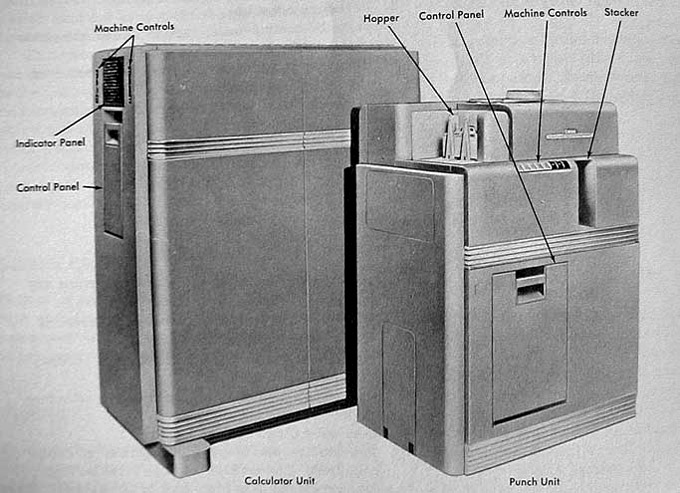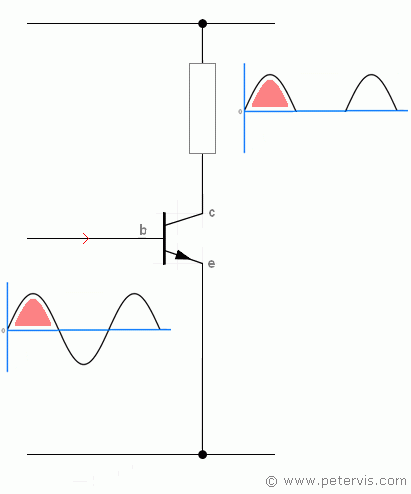

This static DC load line produces a straight line equation whose slope is given as: -1/(R L + R E) and that it crosses the vertical Ic axis at a point equal to Vcc/(R L + R E). The Collector current, Ic can be approximated, since it is almost the same value as the Emitter current. If the voltage across the Emitter resistor is known then the Emitter current, Ie can be easily calculated using Ohm’s Law. This is because Beta ( β ) is an inherent characteristic of the transistor’s construction and not of its operation.Īs the Base/Emitter junction is forward-biased, the Emitter voltage, Ve will be one junction voltage drop different to the Base voltage.

So one BC107 may have a Beta value of 110, while another one may have a Beta value of 450, but they are both BC107 npn transistors. For example, the BC107 NPN Bipolar transistor has a DC current gain Beta value of between 110 and 450 (data sheet value). Transistors of the same type and part number will have large variations in their Beta value. Beta (h FE) has no units as it is a fixed ratio of the two currents, Ic and Ib so a small change in the Base current will cause a large change in the Collector current. Beta is an electrical parameter built into the transistor during manufacture.

The aim of any small signal amplifier is to amplify all of the input signal with the minimum amount of distortion possible to the output signal, in other words, the output signal must be an exact reproduction of the input signal but only bigger (amplified).Ī transistor’s Beta value, sometimes referred to as h FE on datasheets, defines the transistor’s forward current gain in the common emitter configuration. This can be achieved using a process known as Biasing.īiasing is very important in amplifier design as it establishes the correct operating point of the transistor amplifier ready to receive signals, thereby reducing any distortion to the output signal.Īlso, the use of a static or DC load line drawn onto the output characteristics curves of an amplifier allows us to see all the possible operating points of the transistor from fully “ON” to fully “OFF”, and to which the quiescent operating point or Q-point of the amplifier can be found. Then some way of “presetting” a common emitter amplifier circuit configuration is required so that the transistor can operate between these two maximum or peak values. R2 = ( 5 - 0/7 ) / 1.189 = 3.Transistor amplifier’s amplify an AC input signals that alternates between some positive value and a corresponding negative value. Vbe_q1 = 0.7, the diode forward volatge, Here even I_r1 = Ib/10 is fine but let us assume: A higher current (I_r1) lets R1 be smaller and this gives faster turn off and better immunity to noise. We also assume the current in R1 from Ib*0.1 to 1*Ib. In this case (saturated Q1), the ratio Ic/Ib could be estimated about 20. If you like to reduce it, say to 2 mA, you can also use to calculate R3 and choose the closest standard value (lower of the result). This current is relatively high for the 1mA load at the output of the opto-coupler. V_ir = 1.2 V, typical value of IR LED (the opto-coupler input), V_led1 = 2 V, typical value of red LED, Vce_sat = 0.2 V, estimated value of the saturated Vce, Ic = (VCC1 - Vce_sat - V_led1 - V_ir) / R3, We start here from knowing its Ic (collector current) when it is on: The anode of the external LED will be connected to VCC1 and R3 is connected to the switch J1 instead of ground. But before I do it, I like to point out that if there is a mechanical switch, the transistor is not needed. It is not hard calculating the values of the biasing resistors.


 0 kommentar(er)
0 kommentar(er)
